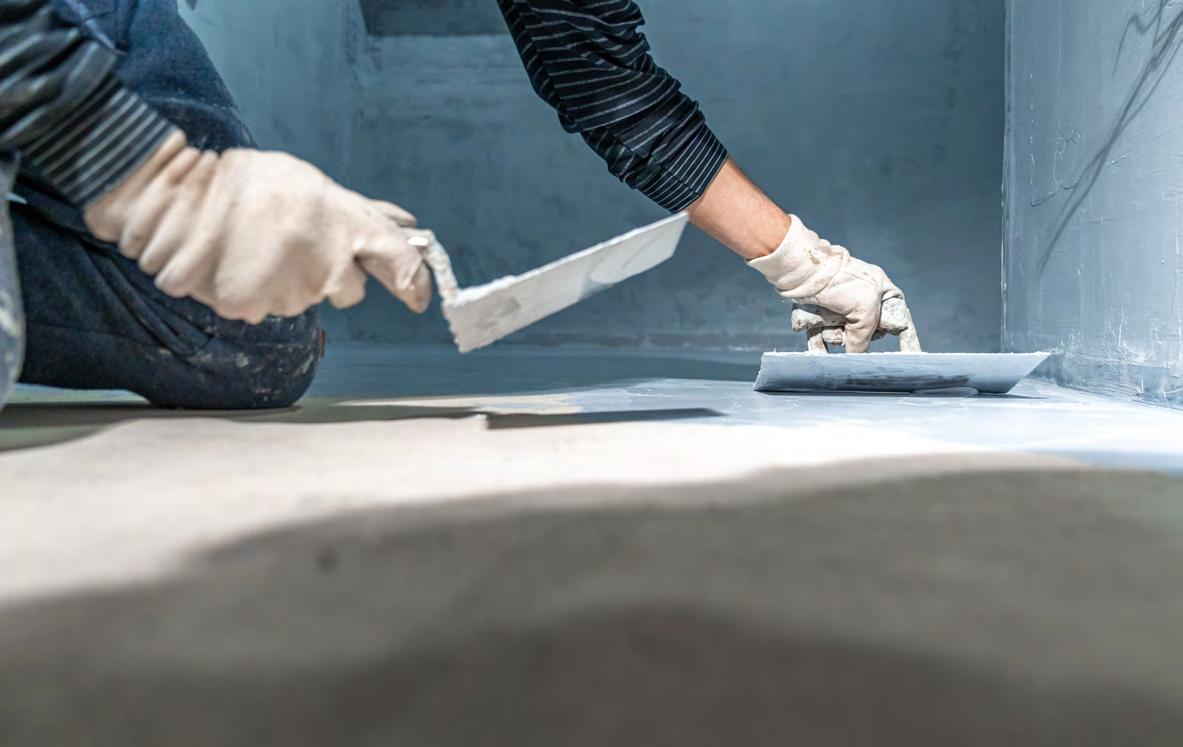
2 minute read
Kites
from 2023-05-SREMC
Through The Ages
Here are just a few:
Rogallo Kite Festival
Nags Head | June 16–17 252-441-7132
Wright Kite Festival Kill Devil Hills | July 14–15 877-359-8447
Mile High Kite Festival Beech Mountain | Sept. 2–3 828-387-9283
Cape Fear Kite Festival Kure Beach | Nov. 3–5 910-458-8434
Kites with Lights
Nags Head | Nov. 25 877-359-8447
Joan Wenner, J.D. is a longtime boating and general interest topic writer residing in Pitt County. Comments welcome at joan_writer@yahoo.com.
The first kites may have been constructed by cultures in Malaysia, Indonesia and the South Pacific as fishing instruments made of natural materials like leaves and reeds, according to AKA.
In 450 B.C., a Chinese philosopher carefully crafted a wooden bird to “fly” on a tethered line. (There is some debate whether this is considered a true kite, and early written accounts point to earlier kite flying in China, in 200 B.C.)
Kites increased in popularity in the 18th century, and were also utilized by physicists and meteorologists for scientific purposes (including Benjamin Franklin).
The Wright Brothers (who were said to be very skilled at flying kites), discovered box kites provided enough lift to raise a man off the ground and built a box biplane. The rest, as is often said, is history.
HOME IMPROVEMENT PROJECTS: DIY vs. Professional Things to think about before choosing to tackle a project
By Les O’Dell
Homeowners looking at home improvement projects have a lot of decisions to make, such as whether to hire the job out or do it themselves. With pros and cons on both sides, the choice is based upon experience and budget.
“What the decision between DIY or a professional ultimately comes down to is an individual’s comfort level and what they want to accomplish,” says Andrew Brindley of HE Homes. He tells those looking to tackle a project on their own to plan on making a mistake at least once if they’ve never done that job before.
“It comes down to the person,” explains Carl Kuchar of Woodchukar Carpentry. “There are some jobs that are simple for people who have done it before, but are not intuitive to someone who has only watched online videos.”
Take on easy jobs
Andrew suggests novice DIYers tackle jobs where appreciation and lessons can be easily garnered online and where mistakes may only be cosmetic.
“With some projects, it is very easy to look up some tutorials, read some articles and know what you are doing,” he suggests. “But when it comes to actual mechanical trades: structural plumbing, electrical and things like that, those are components of a home that if they are not done correctly, can either create a safety issue or cause a whole bunch of damage.”
Carl agrees. “I understand that someone may not be able to afford a contractor, but they definitely need to do their homework and make sure they understand how to do it,” he says.
Andrew gives the example of a plumbing leak. “If you accidentally cut the wrong line, you could have up to 5,000 gallons of water every minute flowing through your home. While it may cost a little bit more to use a professional rather than making it a DIY project, you have to look at the cost of the whole project.”
Consider necessary equipment
“If a homeowner doesn’t have a lot of tools — or the right tools — for the job, hiring a contractor is probably actually going to be cheaper because I’m going to show up with $40,000 worth of tools, including ones designed specifically to do what they are wanting to do,” Carl says, adding that using the wrong tools or even unfamiliar tools may end up costing both time and money.
On the other hand, experts say there are a lot of things homeowners can do themselves: painting, changing faucets and simple repair, but they say to take your time. The old adage “measure twice to cut once” still holds true.
If, on the other hand, you do choose to hire the job out, it is a good idea to check references and get referrals. “Honestly, I spend a lot of time fixing other contractors’ work,” Carl says.










